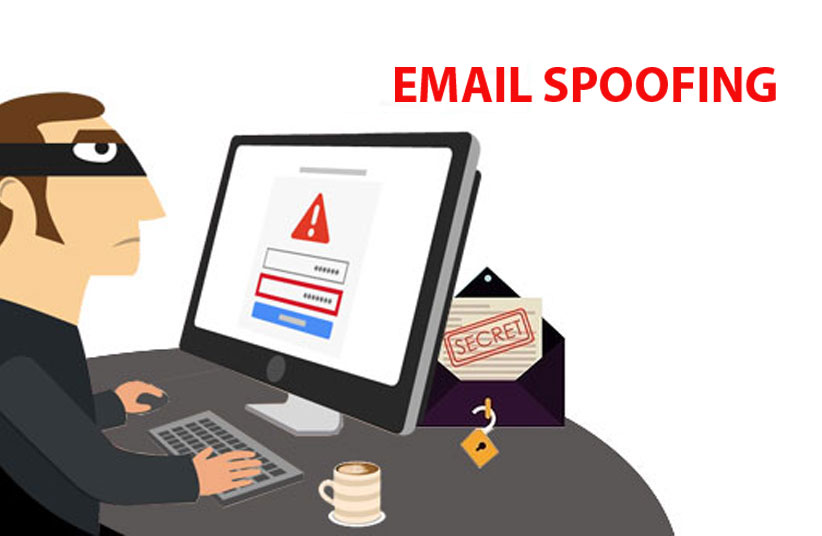 Introduction:
Introduction:
Mail is a tool that continues to work very well for business: it is inexpensive, scalable, convenient, nearly ubiquitous and may be used for driving revenue generation. The popularity of email as a communication tool for business has made it an attractive target for cyber criminal activity. Indeed, email remains the number one vector for fraud and the delivery of malware. This is simply a symptom of the inherent insecurity of the simple mail transfer protocol (SMTP) which is the predominant email protocol.
Email fraud costs companies around the world billions of dollars and can hurt brand reputation and undermine consumer confidence. According to the CSO website, https://www.csoonline.com/article/2975807/ cyber-attacks-espionage phishing-is-a-37-million-annual-cost-for-average-large-company.htmllarge companies are incurring a $3.7 million price tag annually just to deal with phishing attacks.



